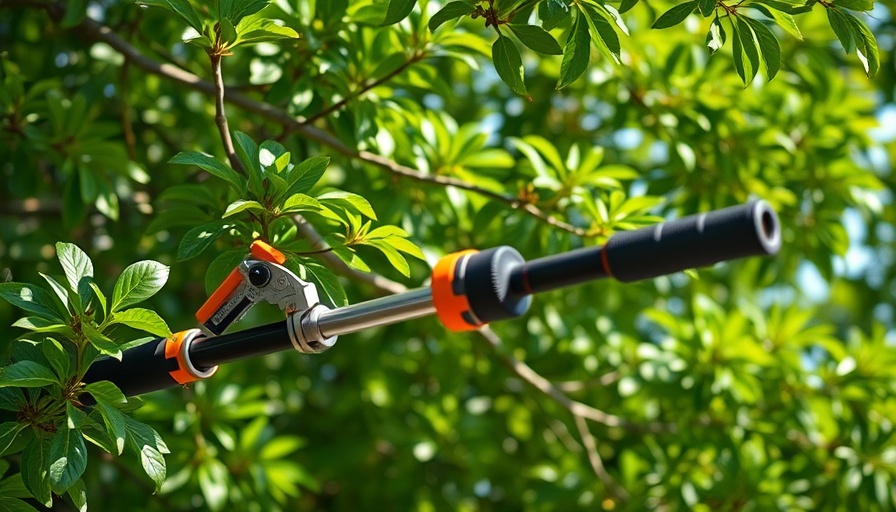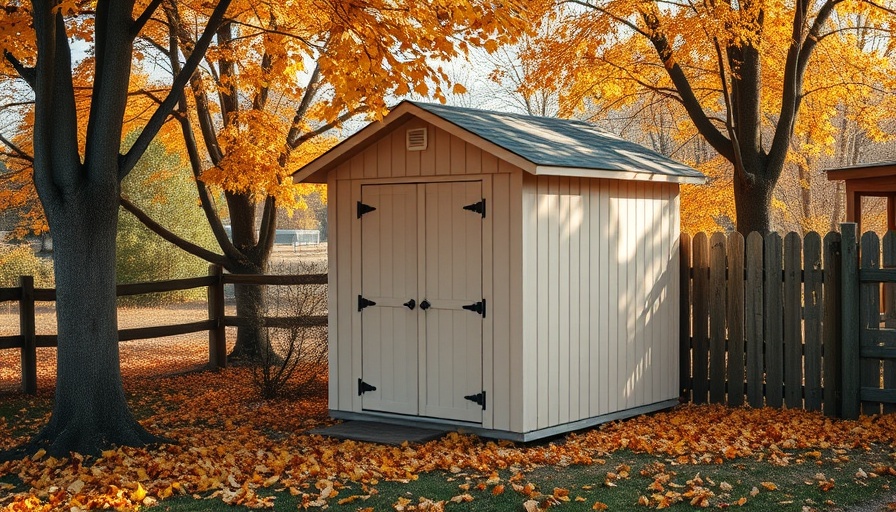
Mastering the Art of Tree Pruning for Years of Healthy Growth
Tree pruning is not merely an exercise in aesthetics; it's a vital practice for promoting the overall health and longevity of your trees. Whether you're a seasoned gardener or a DIY enthusiast, understanding the nuances of when and how to prune is crucial for maximizing growth and preventing damage.
Understanding the Best Time to Prune
Timing your tree pruning can make a significant difference. While spring and summer pruning can help maintain shape and remove minor deadwood, the optimal period for major cuts is late fall to early winter. This strategy minimizes stress on the tree and reduces vulnerability to pests and diseases. Just as you wouldn't undertake critical home repairs without assessing the right conditions, the same principle applies to tree care.
Essential Tools for Every DIY Tree Pruner
Before embarking on your pruning adventure, ensure you’re armed with the right tools. Here’s a quick guide to equip you:
- Hand Pruning Shears: Ideal for branches up to ¾ inch thick.
- Loppers: Perfect for cutting branches that reach up to 2½ inches thick.
- Pruning Saw: Best for larger branches ranging from 1½ to 5 inches thick.
- Battery-operated Shears: Effortlessly handle 1 to 1½ inch branches, especially in hard-to-reach places.
- Long Pole Pruner: Essential for eliminating the use of a ladder while reaching higher branches.
Safety First: Protecting Yourself as You Prune
Safety should never take a back seat, especially when working at heights or with sharp tools. Here are several tips to ensure your tree pruning experience is safe:
- Wear safety glasses to protect your eyes from falling debris.
- Use gardening gloves to shield your hands and improve your grip.
- Avoid using a ladder unless absolutely necessary; think of alternatives like pole pruners.
Pruning Techniques: A Step-by-Step Approach
When pruning, start from the bottom of the tree. This allows for better visibility and helps maintain the tree’s natural shape. Consider the "three cut method" for larger limbs: the first cut on the underside of the branch prevents tearing, the second cut from the top removes the limb, and the final cut at the branch collar promotes healthy healing. This strategic approach not only preserves the tree's integrity but also encourages healthier growth.
Counterarguments: Should You Hire a Professional?
While DIY tree pruning can be rewarding, sometimes it's best to consult the experts, especially with larger trees. Professionals can ensure that your tree maintains its health and adheres to local regulations regarding tree care. Moreover, they have the experience to handle unforeseen challenges that could lead to costly mistakes.
Conclusion: Your Role as a Caregiver to Your Trees
By incorporating these tree pruning practices, you become an active participant in your outdoor space's well-being. Whether it’s an emotional connection to your landscape or the additional value it adds to your property, proper tree care is an investment worth considering. So gear up with your tools, follow the safety protocols, and step into your role with confidence!
Remember, maintaining your landscape not only enhances its beauty but also fortifies the ecosystem right in your backyard.
 Add Row
Add Row  Add
Add 



Write A Comment